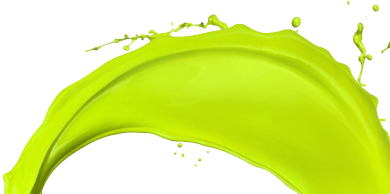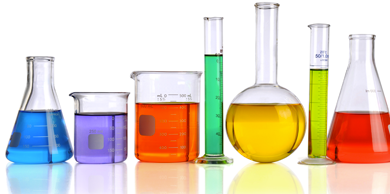NANOTECHNOLOGY IN WATERPROOF ROOF COATINGS

Air pollution caused by gases emission due to the industry production processes or the usual man activities, has aroused great concern because of the altering of our ecosystems, directly affecting human beings, for the toxic compounds. Therefore, there are looking for use some products and make them more functional and thus can contribute in pollution air reduction (VOC, NOx). In recent years, it has invested in nanotechnology research applied to waterproofing, as they are exposed to the environment for long periods, water proof roof coatings protect us from moisture and if they have thermal properties, can also contribute in energy savings. That is why they are using heterogeneous photocatalysis process, which consist in the degradation of pollutants through the catalysts use (semiconductor oxides) and ultraviolet radiation, to generate free radicals to conduct the oxidation of these pollutants. One of the catalysts more used is TiO2, which, due to their nano crystalline particles, has a large surface area and catalytic activity.
In heterogeneous photocatalysis, solar photons are absorbed by the catalyst (TiO2) generating an electron-hole pair that leads to new processes, primarily oxidation by the excitation of a semiconductor. In this second stage it is where low energy and high oxidizing compounds are used in order to obtain a decontamination or disinfection. Such reactions can take a wide range of the solar spectrum as much as possible. Also they can make in various media such as gas phase, liquid organic phases or aqueous solutions.
TiO2 has two photo-induced phenomena: photocatalysis and hydrophobicity. The photocatalysis phenomenon is because TiO2 is a semiconductor that has a band gap of 3.0 eV, because of ultraviolet light it performs heterogeneous photocatalysis. Electrons generated by this, react with molecular oxygen (O2) to produce superoxide anion radicals (O2-) and holes react with water to generate hydroxyl radicals (OH). These two types of radicals work together for organic compounds decomposition.
Due to the properties obtained by the titanium dioxide as catalyst, they are being developed research to result in a composite material based on acrylic resins reinforced with TiO2 nanoparticles, in order to use this material as a waterproof with a photocatalytic action.


